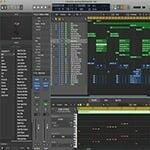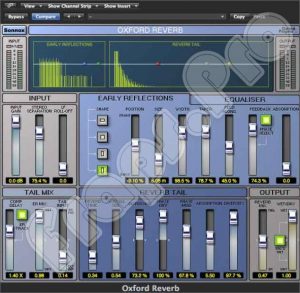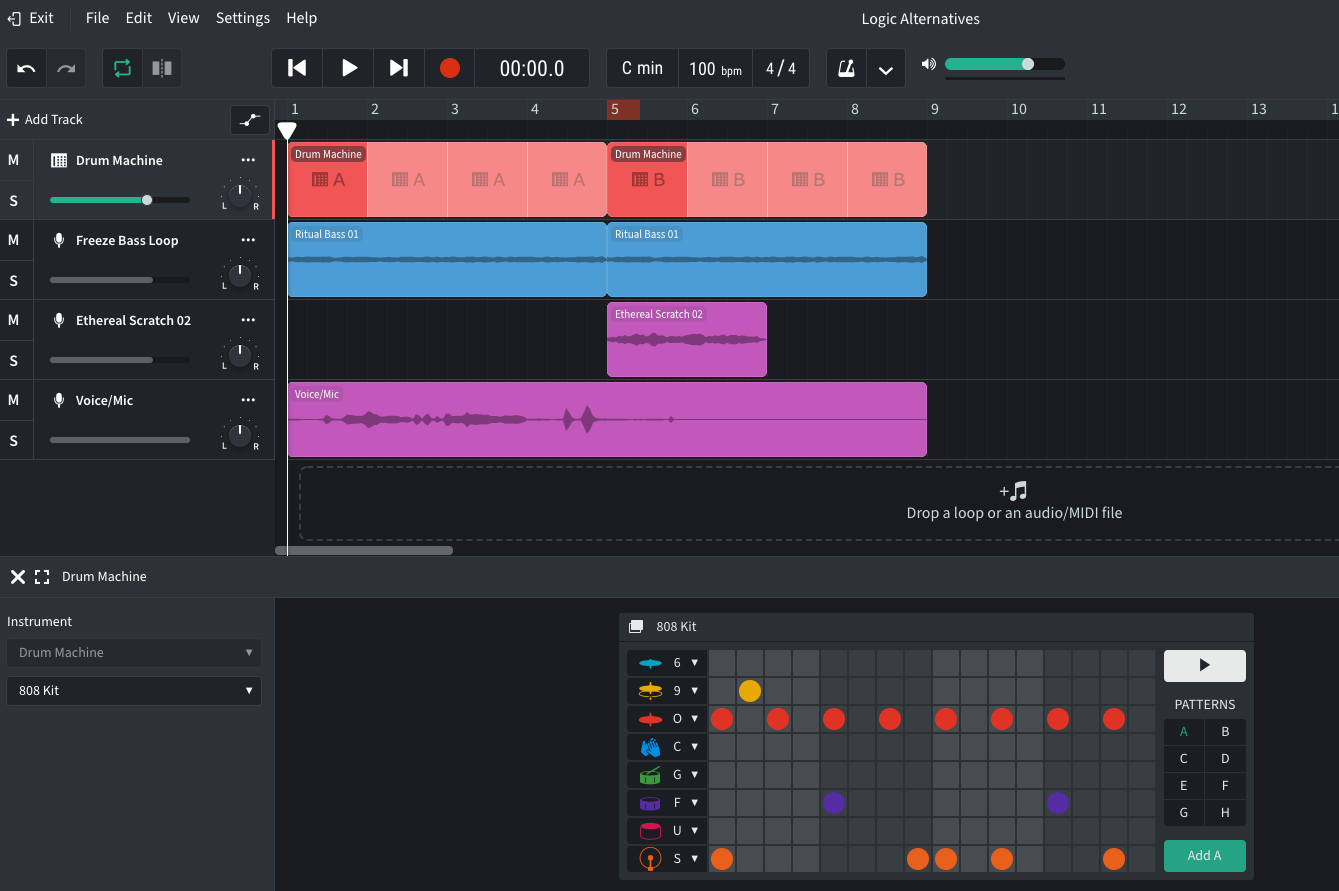

The Event List is a floating window, so even when it is not the active window, it will remain on top of all other non-floating windows. When inactive (click on the Arrange are) it will disappear behind the selected window or it's toolbar will be grayed out. When active it is on top of other windows. From the Window menu choose Mixer and then open the Event List too.

From Logic's Window Menu you can open a variety of the main Editing windows in a new window. Let's start with simple window management techniques in Logic 9. Happily I was wrong, which is why I'm typing as fast as my excited fingers will allow so I can share this tip with you! I was half expecting AFloat to work well with iChat, Safari, etc, but not Logic. Once installed you can designate the selected window as a floating window, pin a window to the desktop, adjust the opacity / transparency of a window and much more. So what does Afloat do? Simply put, it is a free window management utility that works for most applications. You can download it for Leopard and Snow Leopard here. I then decided to investigate further and thanks to Mojave uncovered Afloat buried deep in the recesses of my Downloads folder.

the Environment window and Lists windows are the only main editing windows that can float above the rest. At the same time I was asked about the ability to make any of the Editing windows in Logic into a floating window (always on top regardless of whether it is active or inactive). Thankfully, the other day, a member of the forums, Mojave, reminded me about one of these, AFloat. However, there were so many free utilities "floating" around vying for my attention that I simply didn't have time to include or test them all out - and of course, some of them became nothing more than another forgotten addition to my Downloads folder.

I'm a sucker for trying out the latest utilities and applications for the Mac and I even featured a few of my favourites in my Advanced OS X 201 Snow Leopard tutorial.


 0 kommentar(er)
0 kommentar(er)
